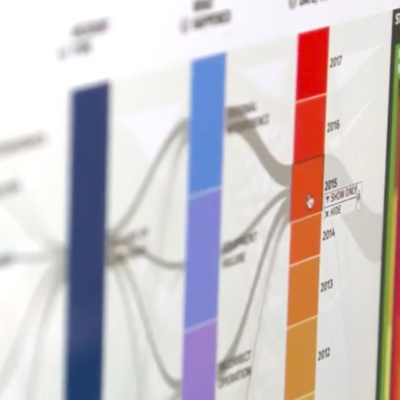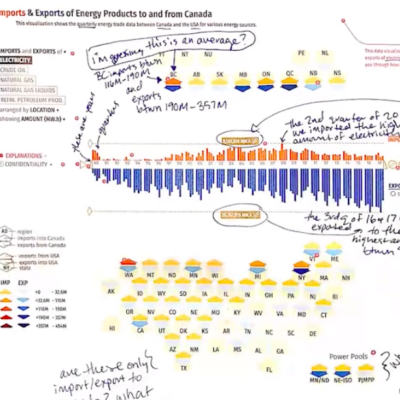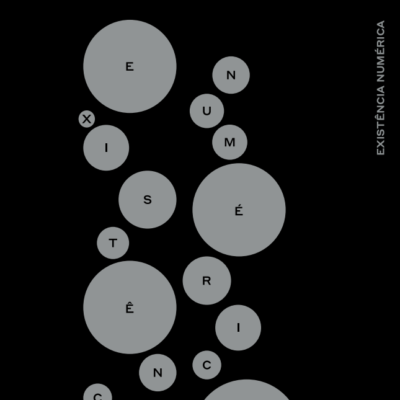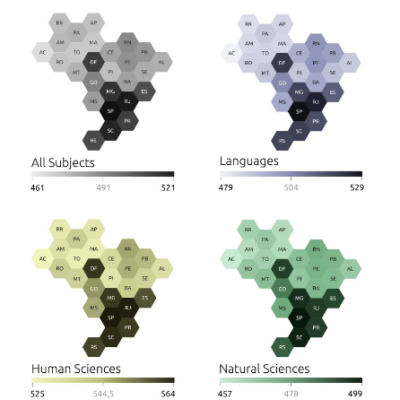The project Existência Numérica (Numerical Existence) was selected in the 2017 Oi Cultural Sponsorships Incentives Program and was part of the programming of our space starting in September 2018, the month that began with the tragedy that devastated the Museu Nacional, one of Brazil’s greatest historical and cultural heritages. This coincidence can be considered an apt moment for reflecting on the importance of the generation, preservation and spread of knowledge.
Oi Futuro is a cultural center and also a museum – the Museu das Telecomunicações has the largest telecommunication srelated collection in the country – and ever since its creation has been investing in research, encouragement and presentation of works concerning the arts, science and technology. From its opening, in 2005, until today, we have been promoting the convergence between different areas of knowledge and the current multiplicity of artistic expressions.
‘Existência Numérica was curated by Doris Kosminsky, a researcher and professor of the Universidade Federal of Rio de Janeiro (UFRJ) and was the result of intense investigations into the complexity of data visualization and its applications in the world of the visual arts. In this group show, artists from Brazil and abroad showed works in which they used numbers and statistics to develop creative systems, measuring realities such as the use of bicycles in large cities, the migratory flows in Rio de Janeiro, and investment in science and technology in Brazil.
The show ran from September 17th to November 18th and attracted thousands of visitors, who were invariably impacted not only by the plasticity of the works, but also by the surprising ease with which they read information and numerals. Now, a record of this excellent project is featured in this new volume of the Coleção Arte & Tecnologia.
With the holding of the exhibition Existência Numérica, and with its unfolding in this book, the Oi Futuro cultural center seeks to respond, in a singular way, to the challenge of meeting the demands of contemporary art, of society and of the citizens.



